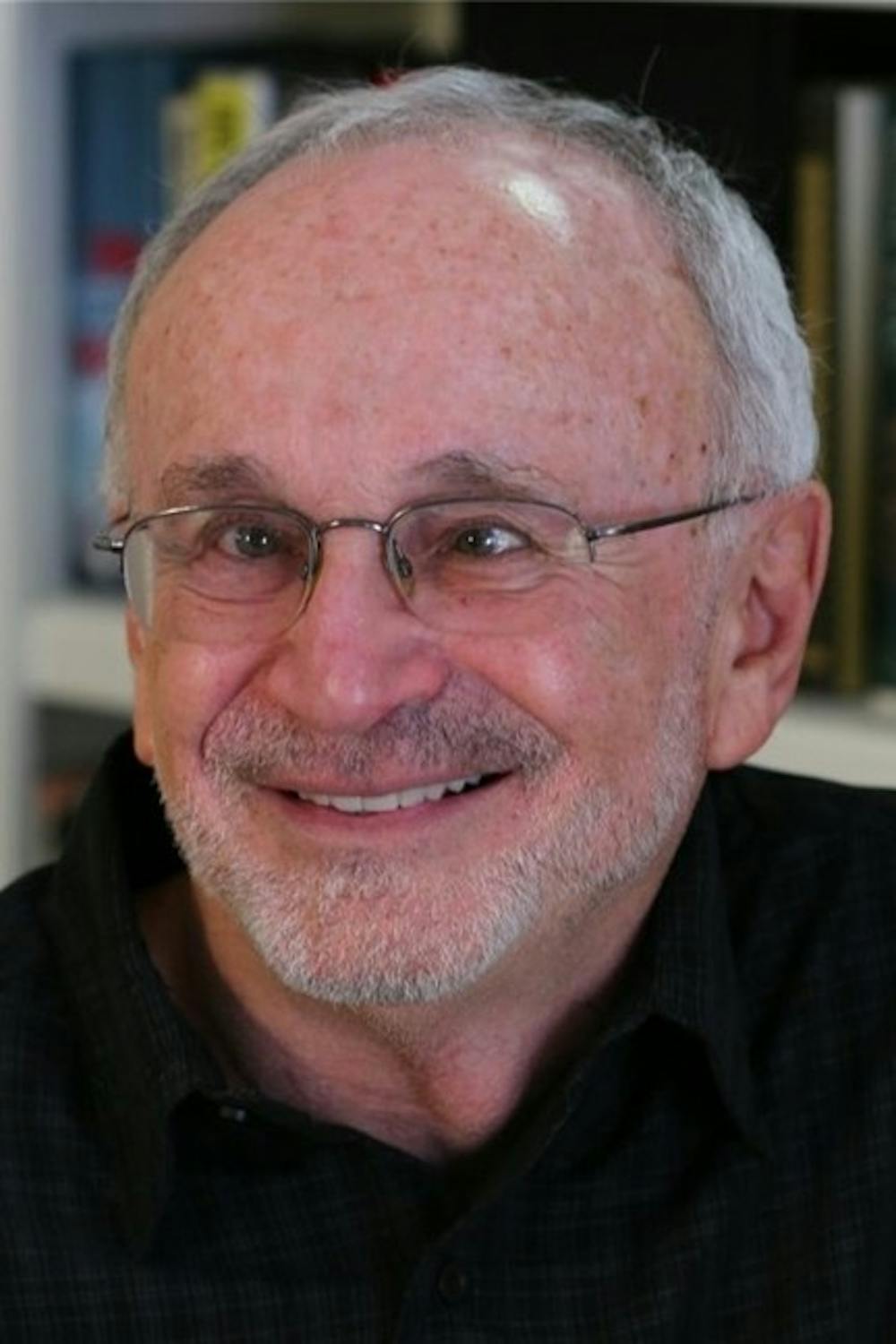If you know anything about the Tobacco Road rivalry, chances are, you’re familiar with Art Chansky.
Chansky, a UNC graduate and former sports editor for The Daily Tar Heel and The Durham Morning Herald has covered UNC athletics for over 40 years and is the author of 10 books. He also does work for WCHL and chapelboro.com, including a daily sports commentary.
He most recently authored Blue Blood II, released on Oct. 30. The book is a sequel to Blue Blood, originally released in 2005, centered on the men's basketball rivalry between UNC and Duke. In his second installment, he continues to chronicle the two programs and institutions — one public and one private — less than 10 miles apart, starting with the 2005-2006 season and concluding with the finish of the 2017-2018 campaign.
Even before the first chapter, the reader is met with the section, "The rivalry in their words," where head coaches Roy Williams and Mike Krzyzewski detail the heated competition between the two teams with plenty of interesting detail. Throughout the book, Chansky juxtaposes the two universities, including their different approaches to reaching national glory in the past decade. Photographs from the rivalry are also included in the book, adding imagery to the competition.
The first chapter is one that Tar Heel fans will enjoy. It describes former Tar Heel and four-time All-American Tyler Hansbrough’s domination at Cameron Indoor Stadium, where he won in four straight seasons from 2006-2009. While there are plenty of colorful anecdotes that emerge from this chapter, one particularly fascinating tale is that describing former Duke guard Gerald Henderson’s elbow shattering Hansbrough’s nose in a 2007 contest.
Over the next eight chapters, the book provides vivid game recaps, quotes and stories from each season, ending with the conclusion of the 2017-2018 campaign.
Chansky also details the shared success of the two Blue Blood programs from 2008-2010, with one of the schools making the Final Four in each year, culminating in back-to-back national titles by UNC and Duke in 2009 and 2010.
One of the more interesting sections of the book is Chansky’s description of the two programs becoming stagnant, at least by their standards. Neither school made the Final Four from 2011 to 2014 before a return by Duke in 2015 that resulted in another national title.
The author then describes the 2015-2016 season that ended in a Sweet 16 loss for Duke and a national championship heartbreak for UNC in vivid detail, making it clear how distraught seniors Marcus Paige and Brice Johnson were, along with the rest of the team. He contextualizes the section that follows, one that UNC fans remember fondly — a return to the national title game and redemption on the sport’s biggest stage, defeating Gonzaga, 71-65.




